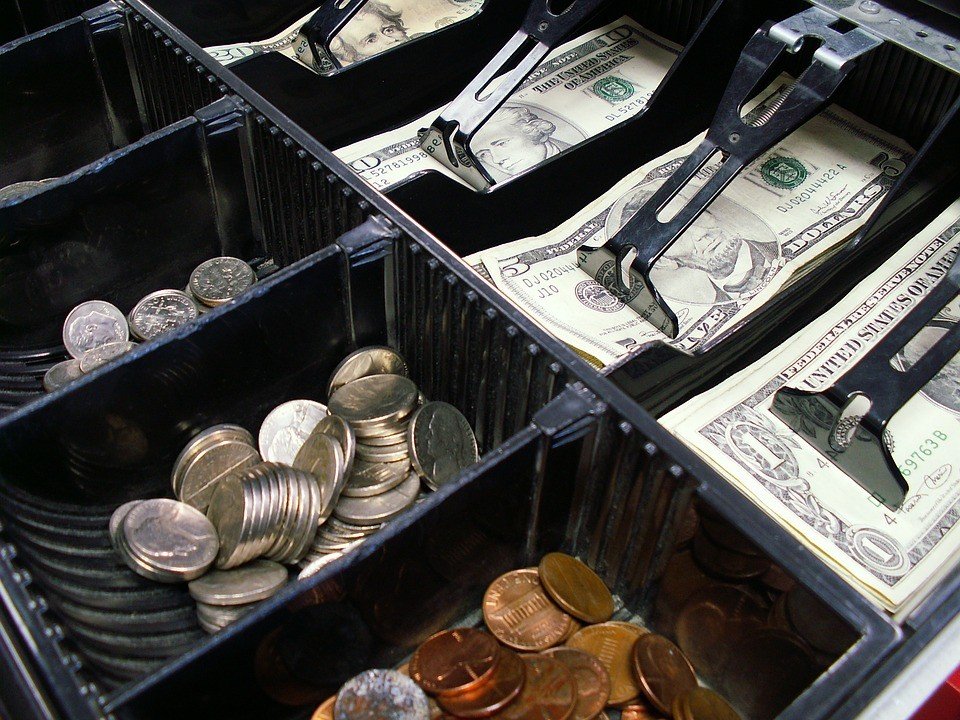Business
Training you employees to handle cash-handling system to avoid counting mistakes
The best way to cut down on the potential for loss is to provide training for each employee that will be dealing with the money.

Handling Money: How to help your employees learn the ropes
If you own a small business, you may not always be able to take care of the money on your own. If you have employees counting the cash, you are vulnerable to mistakes. The best way to cut down on the potential for loss is to provide training for each employee that will be dealing with the money. In particular, you need to provide guidance on how to count money. If you give the right training, and if you have assessments every now and then, your employees should be well-equipped to deal with the cash-handling system.
1. Make employees count back
Make it clear that you want your employees to count change out loud to the customers. This helps cut back on any mistakes. For example, let’s say the customer owed $11.50 but paid with a $20 bill. To make change, the employee would hand them money, one bill out a time, and count up. So, he would start at $11.50, the amount owed, and then go up to $20 from there. Here is a good article on the process from Timesheets.
2. Make employees verify the cash drawer
First, employees need to understand that there will always be a certain amount of money in the cash drawer before sales begin. This beginning balance allows you to give the customers their change. So, for example, if the beginning balance is $100, and there is $350 in the drawer at the end of the day, the store made $250 in sales.
One employee will be in charge of the cash drawer for their shift. That employee is then responsible for all the money in the drawer. No one else (except a manager) will be able to get into it. Prior to starting their shift, the employee must check to see how much money is in the drawer. A manager must be with them when they do this.
3. Follow procedures when making change
There is a certain way that employees should make change. When they are initially handed money from the customer, they need to put it on the cash register as they get out the change. They should start with coins, counting up to the next dollar amount. Then they should continue counting with bills until they reach the amount the customer paid with.
For example, if the customer owed $10.65, and they paid with a ten dollar bill and a five dollar bill, the employee should first put the $15 on the cash register so that the customer can see it. Then, they should get out a dime to make $10.75, a quarter to make $11, and then four ones to reach $15.
Once the customer receives his or her change, the employee needs to take the money from the top of the register, put it inside, and then close the drawer. At that point, they take the change that they removed from the drawer and count out loud to the customer as they give them the money. For example, they would start with $10.65 (the amount owed). They would hand the customer the dime and say “$10.75.” They would then hand the customer the quarter and say “$11.00.” They would then count up to $15 as they place the dollar bills in the customer’s hand. To complete the transaction, the customer must be given a receipt.
4. Make employees balance the cash drawer
When it is time for the employee to go home, he must count the amount of money in the drawer. He needs to note the amount on a balance sheet, and he should include checks and card transactions as well. This should all be done in the presence of a manager.
5. Use a cash counting machine
A cash counting machine can make the whole process of counting money a lot easier and also speeds up the process. Humans are prone to mistakes and although tech is too, it’s not to the same degree. Teaching your employee about using a device to count bills alongside all the measures above can make the process faster, easier and more accurate.
These tips should help ensure employees can count money in a faster fashion, with the likelihood of mistakes reduced dramatically.
—
DISCLAIMER: This article expresses my own ideas and opinions. Any information I have shared are from sources that I believe to be reliable and accurate. I did not receive any financial compensation in writing this post, nor do I own any shares in any company I’ve mentioned. I encourage any reader to do their own diligent research first before making any investment decisions.

-

 Crowdfunding2 weeks ago
Crowdfunding2 weeks agoCommunity Energies 2026: Funding Projects Combating Youth Loneliness
-

 Cannabis6 days ago
Cannabis6 days agoMedical Cannabis in Poland 2025: Growth, Stability, and Wider Access
-

 Impact Investing2 weeks ago
Impact Investing2 weeks agoEU End-of-Life Vehicles Rule Pushes Cars Toward a Circular Economy
-

 Business2 weeks ago
Business2 weeks agoTopRanked.io Weekly Affiliate Digest: What’s Hot in Affiliate Marketing [1xBet + FIFA World Cup]


























You must be logged in to post a comment Login